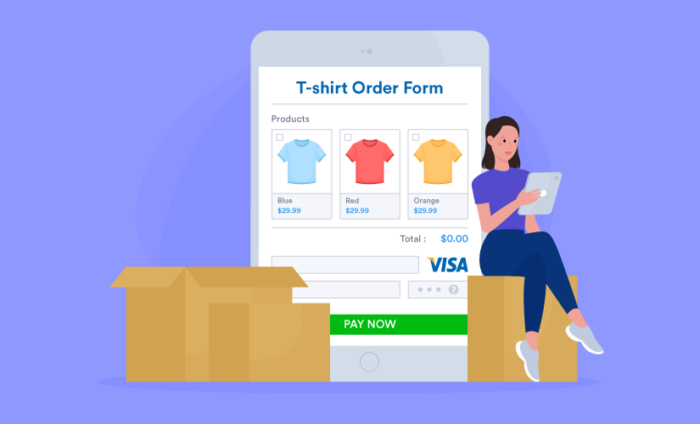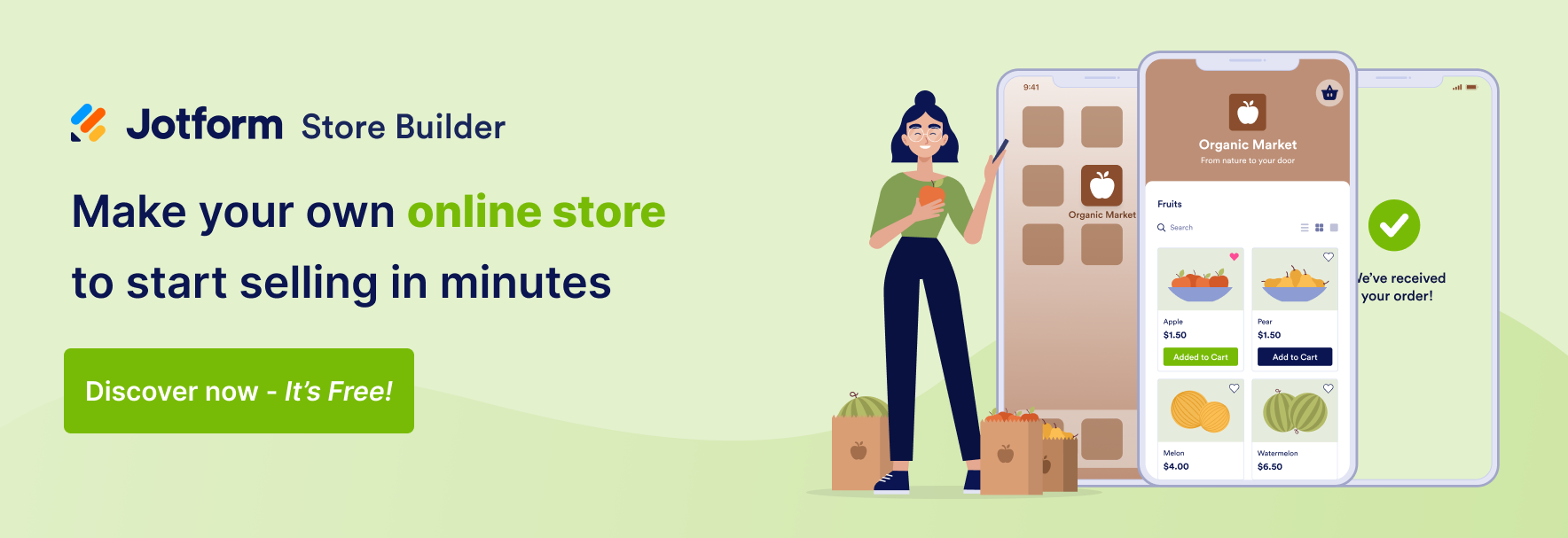Tips for selling T-shirts online
- Find your business niche
- Name your brand
- Run a lean T-shirt business
- Get your e-commerce store ready
- Learn about your customers
- Study your competitors
Everyone owns T-shirts. In fact, people of all incomes own plenty of T-shirts they rarely wear anymore, yet the T-shirt market is never saturated. T-shirts are the most common souvenir people buy to remember a special trip or event — and we often buy them to bring home for family and friends.
Events of all sorts, from family reunions to trade shows to sporting events, feature a commemorative or souvenir T-shirt. A T-shirt tells people you’ve had the experience represented on it. T-shirts have even become part of a popular expression: “Been there, bought the T-shirt.”
Someone who is both creative and intuitive about what their customers want to convey through the T-shirts they wear can start selling T-shirts online with minimal capital and low overhead.
Find your business niche
The T-shirt business is crowded, but that’s actually a good sign. There are so many T-shirt businesses because there are lots of customers clustered in countless niches. There’s no huge T-shirt conglomerate that dominates the market. Instead, there are many small companies making and selling T-shirts. The market is huge, but you only need to thrive in your niche to prosper.
Envision the specifics of your online T-shirt business. Will you design and market original T-shirts for retail customers? Can you spot trends and capitalize on them by designing a popular T-shirt for retail? How about helping customers design T-shirts for events of all sorts?
Name your brand
The name and logo of your business are two important building blocks of your brand. Especially at the launch of your business, a catchy name helps when you’re trying to get the attention of potential customers. Your initial goal is to make a memorable and positive first impression.
This begins with the name of your business. Get creative. Make a list of nouns and adjectives that describe your business, your goals, and your purpose. Play with combinations of words or combine syllables from different words to invent words that don’t exist but sound as though they should. Before very long you’ll be inspired with a name.
Before announcing the name, make certain it’s not already copyrighted. Due diligence could avoid a copyright infringement lawsuit when you can least afford it.
Have fun with the naming process, but don’t fixate on it. Your brand reputation will grow organically from the experience customers have with your products and service. Get those right, and customers will be happy with whatever name you select.
Run a lean T-shirt business
Inevitably, you’ll go through a trial-and-error process before you know how to consistently produce T-shirts that sell. Naturally, not all designs will resonate. You have to take risks with design to stand out, but you can’t afford a backlogged inventory of T-shirts that aren’t selling. At the same time, you need to be ready to produce and ship as fast as the orders come in when you hit on a best-selling design.
The solution to these logistics and production problems is to outsource production of the T-shirts to one of the numerous companies offering print-on-demand services. When you post new designs on your online store, sync sales to your print-on-demand vendor. This way, you only print shirts when the orders come in. There’s no need to carry inventory. Without the worry of inventory management and production scaling, you can focus on creating new T-shirt designs.
Get your e-commerce store ready
Choose an e-commerce platform, such as Shopify, that’s affordable and can scale as your business grows. Make sure the platform has tools to support customized design of your online store and advanced marketing and customer management support.
With over 300 store builder templates, including options specifically designed for retail, Jotform Store Builder helps you create a visually appealing and functional store without any coding knowledge. The platform also integrates with over 40 payment gateways, giving your customers flexibility in payment options while simplifying checkout for a seamless experience.
Consumers make up to half of their online purchases on their mobile devices, so it’s essential to optimize your e-commerce store for mobile. Jotform Store Builder is mobile-friendly by default, ensuring your customers can browse and shop effortlessly on any device.
You can download your app directly to a mobile or desktop device using a link or QR code. App owners can control who has access to their apps with public, private, or company-only permissions.
Jotform Store Builder also features push notifications, enabling you to keep your customers engaged in real time. Use push notifications to alert customers about sales, new arrivals, and limited-time promotions, or to remind them of abandoned carts. These notifications can boost engagement, drive conversions, and help foster long-term customer loyalty by keeping your brand top of mind.
By choosing a platform like Jotform Store Builder, you’re setting a strong foundation for growth, giving you the flexibility to scale your business while maintaining a customer-centric, mobile-friendly, and seamless shopping experience.
Learn about your customers
Are your customers sports fans, movie aficionados, or corporate event planners? Researching who your potential customers are will guide your marketing when you’re ready to sell.
Never stop learning about your customers. Begin surveying them as soon as you sell your first T-shirt. The more you know about your customers, the better.
Study your competitors
You can gain important insights into your potential customers by studying the brands they’re already buying from. Check out the websites, social media accounts, and customer reviews of the brands you anticipate competing with. What motivates their customers to buy? Examine their customer service, design, price, and other business features to determine their strengths and vulnerabilities.
Ask yourself some important questions as you research your competitors:
- Can I replicate what they are doing?
- Is there a recurring customer complaint?
- How can I improve on their model?
Determine whether you can plausibly compete from the start or if it’s wiser to readjust your approach to avoid competing until you’re established. Doing your homework improves your chances of success, whichever direction you decide to take.
Selling T-shirts online is a flexible business opportunity. It can be a part-time business, a side gig, or the beginning of your online retail empire. Whatever your vision, be ready when a particular T-shirt takes off.
Jotform e-commerce business templates simplify the process of taking orders and managing payments. Simplifying logistics and administration frees you for the creative work that’s the real engine of a successful online T-shirt business.

























































Send Comment: